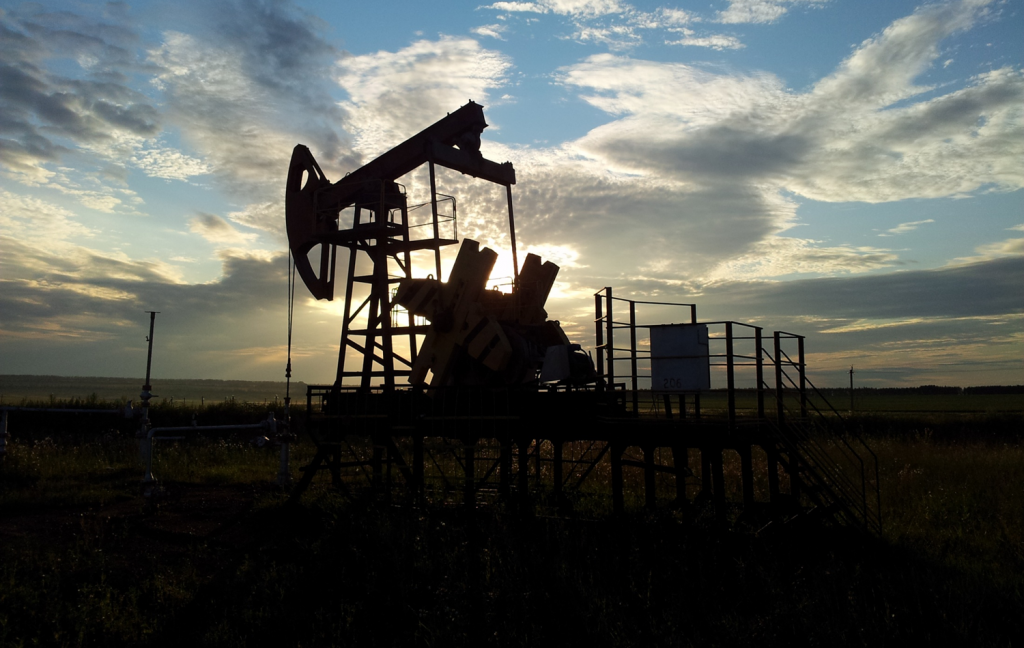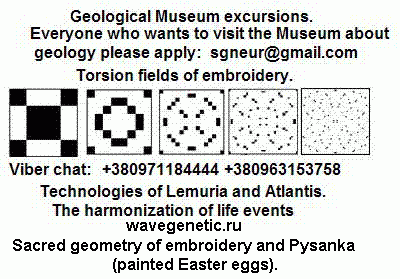
Up to date technologies for enhanced recovery of HTR oil and gas reserves

Combina:onofthermal,mechanicalandchemicalimpact
Controledmul:stagethermalandchemicalprocessisdefinedbycrea:oninthenearwellborearea ac:vegases,primarilyhydrogen,
hightemperatureandpressure, fracturingandhightemperatureacidvapour(HCl,HNO3andsome:mesHF)treatment oftheporousmedia. Stageacidneutraliza:onandsurfactantsprovidelongtermposi:veresults.
Scien:ficexperimentalfundamentals Active Hydrogen impact on the core Cracking and heavy oil hydrocracking modeling Tests with hydro reacting components at properties process during gases treatment pressures up to 60 MPa Combustion of metal fuels
Hydrogen influence on formation permeability and diffusion
Heat and mass transfer in the cylinder Laboratorytests
Hydrogenandthermalpressurechemicalimpact
Hydrogeninfluencetests
Corepermeability
Pressure
gauge
Insula*onThermo cable
Seal
assembly
Sample
H2
H2 identifier ollec*on
forgraphytests
Gas generator
N2, NO, CO2, NO2
Т=80 .С
CO2
Ar (argon)
Temperature
controller
Hydrogeninfluencepermeabilitytest
results
Р, МПа
Тип
gas 0,5 1,0 1,5 2,0 2,5
Modeling gas ———
—-
Modeling gas
+
5% Н2
Н2
Н2
Modeling gas
+
10% Н2
H2
H2, N2 H2, NO, N2
Modeling gas
20% Н2
Н2 Н2 H2, NO H2, NO,
NO3, N2
H2, NO,
NO3,
N2,CO2
Approved, that hydrogen, especially active is activator of the diffusion processes and increases the
permeability of the formations 3 – 4 times. The permeability of the tight formations increases and remain
after the treatment average from 0,023 – 0,035 to 0,055 – 0,065 mcm2.
Abnormalhydrogenproper:es
Н2
Analysis grid
а) – Р
= 1,5 МПа, б) – Р
= 2 МПа, в) – Р
= 2,5 МПа
Hydrogen mass distribution
In core cross section
CO, CO2, NO,
NO2 и
H2
Potential formation area destruction diagram during
the gas treatment
Equivalent tension in the formation
during the gas treatment(Mesis)
HRAcombus:onheat
stroke
Thermal field
1) Heat stroke
Pore media heats up fast and temperature
deformations are created
4) Hot hydrogen filtration
through pore media
Pressure drop at the exit from
the pore (pore is deformed)
Thermal single pore space deformation due to the heat stroke
2) Colmatant disconnection
Immediate heat transfer changes from
colmatant to formation
5) Pore is damaged by the
alternate deformation
Colmatant is squeezed from the pore
3) Hot hydrogen colmatant treatment
Colmatant fast heat up
with state of aggregation change
6) Pore treatment by the hot acids
Permeability increases in the near wellbore area
Core destruction after the hydrogen treatment
Permeability of tight cores (with clays) after the hydrogen treatment increases and lasts after the treatment
In this case from 0,023 – 0,035 mcm2 to 0,055 – 0,065 mcm2.
Fluiexposure
Multifunctional exposure of hydrogen thermochemical reaction to high molecular
hydrocarbons and its components
IR–range of oil prior the treatment
Equipment for tests
IR–range of oil after the treatment
HRAreac:onwithwater
HRAAmount of hydrogen
evolved with 1kg of
HRA (theor. / exper.),
kg
Reaction heat
per 1kg of HRA
(specific),
kJ
Reaction rate
(hydrogen emission
from single-unit
surface of HRA),
kg /(m2.s)
Alac*vated0,090,07515942,30,0008Li0,140,13728655,40,0015LiH0,250,15136447,80,0074CaH20,09–5392,70,03550%
Al+
50%LiH0,180,11826220,70,0017LiAlH40,21–.16500,7–
50%
Al+
50%
NaH0,090,06842564,50,069NaAlH40,140,1367583,90,038
Hydrogenandthermochemicalimpact
process
Processcontrol
Temperaturerecordduringthewells:mula:oninthefrackingmode
Technicalprocedure
Pumpingandmixingprocess
Technicalprocedure-.2
H2increasesgasandva
 Предыдущий пост
Предыдущий пост Следующий пост
Следующий пост

